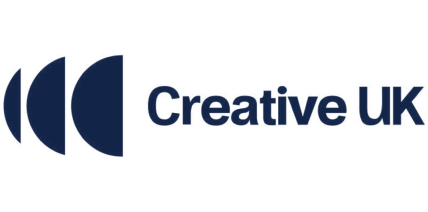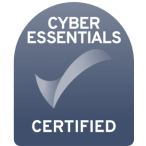Described (by Forbes) as the best kept management secret on the planet, Agile’s moment has arrived. As reported by Knowledge at Wharton (University of Pennsylvania), there’s been shift in management style towards this concept of Agile. When was the last time you reveiwed your company’s management style? Maybe its time to consider Agile….

What is Agile Management?
Agile, is essentially a Culture Hack. It is a process for managing a project characterised by constant iteration and collaboration to more fully answer a customer’s needs. Although Agile started life as a method for developing software, but is now spreading beyond IT departments. This methodology uses short development cycles called “sprints” to focus on continuous improvement in the development of a product or service. Focusing on continuous improvement, scope flexibility, team input, and delivering essential quality products, Agile does not use a lot of planning tools. The emphasis is on responsiveness, which allows this management style to be better at dealing with uncertainty.
“Traditional business models relied on planning, which in turn assumes either that the future will be like today or that we are good at forecasting. Neither has proved true.” –Peter Cappelli

The Agile approach uses teams to work through a process designed to respond to unpredictability, it “allows for and encourages changes in direction; that gives teams great authority and transparency; and that builds in customer or user response to the end product or service while it is still being developed.” – (Wharton)
Agile Manifesto
There are 4 main parts to the Agile Manifesto:
- Individuals and interactions over processes and tools
- Working software over comprehensive documentation
- Customer collaboration over contract negotiation
- Responding to change over following a plan
How to be Agile and Creative
This set of 12 founding Agile Principles that can be used as a concept guide. Even though Agile’s roots are in software, many of these princiuples can be adapted to creative businesses.
1. The highest priority is to satisfy the customer through early and continuous delivery of valuable software.
2. Welcome changing requirements, even late in development. Agile processes harness change for the customer’s competitive advantage.
3. Deliver working software frequently, from a couple of weeks to a couple of months, with a preference to the shorter timescale.
4. Business people and developers must work together daily throughout the project.
5. Build projects around motivated individuals. Give them the environment and support they need, and trust them to get the job done.
6. The most efficient and effective method of conveying information to and within a development team is face-to-face conversation.
7. Working software is the primary measure of progress.
8. Agile processes promote sustainable development. The sponsors, developers, and users should be able to maintain a constant pace indefinitely.
9. Continuous attention to technical excellence and good design enhances agility.
10. Simplicity — the art of maximizing the amount of work not done — is essential.
11. The best architectures, requirements, and designs emerge from self-organizing teams.
12. At regular intervals, the team reflects on how to become more effective, then tunes and adjusts its behaviour accordingly.
(from Dummies.com)

Agile Revolution
Its beneficial to any company to assess how productive your management style is. The benefits of implementing Agile are flexibility, the ability to manage changing priorities, increased project visibility, team productivity and speed at getting products to market.
“Companies that implemented agile with full awareness of its implications are remarkably successful. We are learning to use agile at scale with large organizations and in all the business functions, which eventually will lead to the agile revolution.” Anna Tavis







